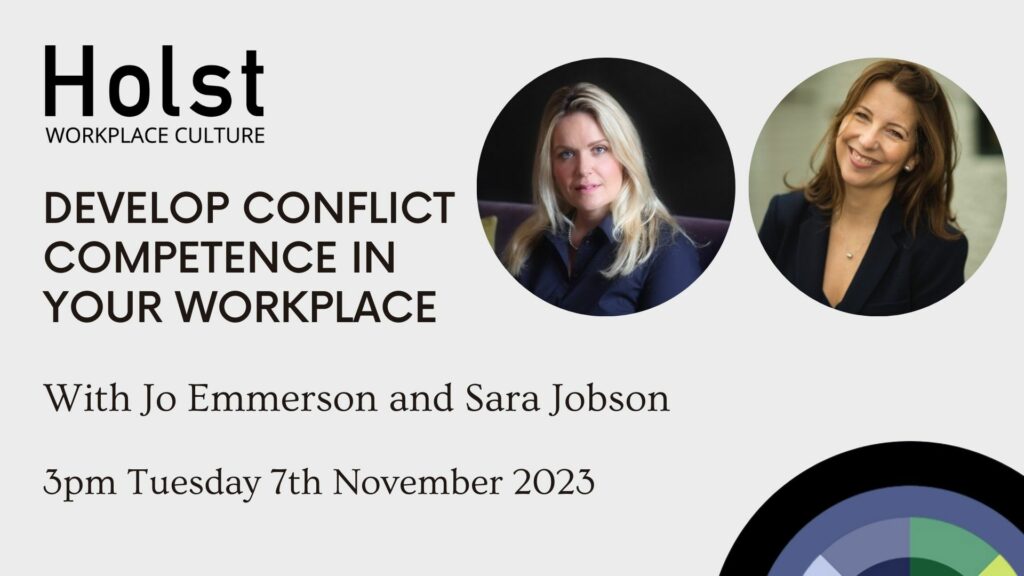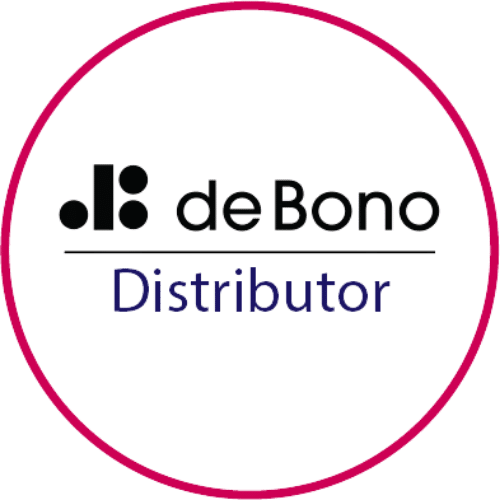In today's workplace landscape, effective leadership means more than task management; it's about cultivating a united and productive team.

The key? Blending emotional intelligence and resilience into a strategy that nips conflicts in the bud. These skills empower leaders to adeptly navigate human interactions, forging an environment ripe for collaboration.
Effective leaders play a crucial role in preventing workplace conflict by employing emotional intelligence and resilience, while also countering the negative impact of toxic leadership. Toxic leadership can significantly contribute to conflicts and employee disengagement, making it essential for effective leaders to address this issue.
Here we look at three essential steps for leaders to use emotional intelligence and resilience to prevent conflicts, curb quiet quitting, and mitigate the effects of toxic leadership:
Step 1: Develop Emotional Intelligence and Address Conflict
Combat quiet quitting and reduce workplace conflict by prioritising emotional intelligence among leaders.
Emotional Intelligence Training
Train managers in empathy and communication to identify disengagement and address concerns.
Conflict Resolution Skills
Use assessments, coaching and workshops for effective communication and mediation to prevent toxic conflicts.
Encourage Open Dialogue
Promote regular one-on-one meetings between managers and employees to foster trust and open communication.
Does conflict damage your workplace culture?
Step 2: Foster Resilience and Promote Open Communication Among Employees
Reduce quiet quitting and conflict by building resilience and promoting transparent communication.
Resilience Workshops
Conduct workshops which uncover stress-inducing triggers and empower employees to voice concerns.
Promote Honest Conversations
Create an environment where employees feel safe sharing concerns openly.
Recognition and Feedback
Implement systems for acknowledging accomplishments and providing constructive feedback.
Does conflict damage your workplace culture?
Step 3: Cultivate a Supportive and Inclusive Culture
Prevent quiet quitting and conflicts by fostering a supportive, diverse, and transparent culture.
Diversity and Inclusion
Promote diversity and inclusion through self-awareness training and workplace specific policies.
Transparency and Clarity
Ensure clear communication about changes and decisions to build trust.
Conflict Prevention Initiatives
Implement proactive measures like team-building to encourage collaboration.
By emphasising emotional intelligence, resilience, open communication, and a supportive workplace culture, you minimise toxic management, quiet quitting, and conflict. This holistic approach boosts employee retention, job satisfaction, and creates a healthier workplace environment.





